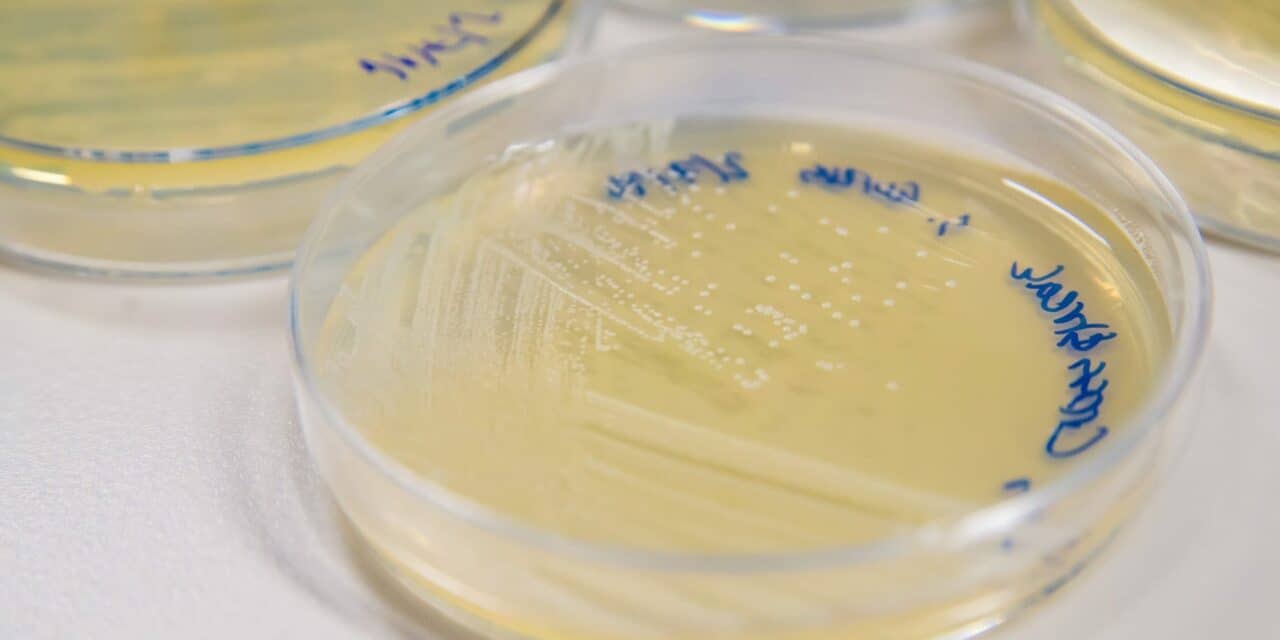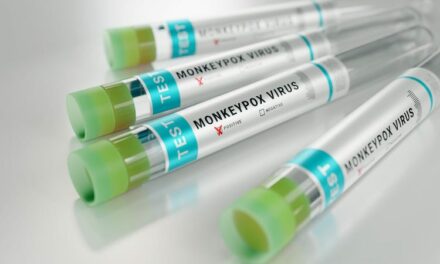A new study in the journal Proceedings of the National Academy of Sciences (PNAS) introduces a method that more accurately predicts the likelihood individuals in hospital settings are colonized with MRSA and checking MRSA spread than existing approaches. The new method works by identifying asymptomatic carriers, who are responsible for most of MRSA’s spread in some hospital settings and present a growing problem around the world as antibiotic-resistant staph infections gain ground.
A team of researchers led by Sen Pei, PhD, assistant professor of environmental health sciences at Columbia University Mailman School of Public Health, developed a computer model that uses de-identified electronic healthcare records and laboratory test results to simulate MRSA transmission and predict inpatients’ risk of infection. The model simulates the spread of MRSA through direct contacts, environmental contamination, and community importation.
The researchers tested their method using data from 66 hospitals and other inpatient facilities in Sweden. They found that their method more accurately identifies MRSA colonization than traditional approaches informed by hospitalization history and contract tracing. In addition, targeted interventions, such as the isolation of individuals who the model inferred were high-probability MRSA carriers, were found to better control the spread of infections in model simulations.
Currently, insufficient testing limits hospitals’ ability to track MRSA transmission. Community importation and multiple modes of transmission further complicate the detection of individual carriers.
“Antimicrobial-resistant organisms like MRSA can colonize people without symptoms for long periods of time, significantly contributing to the unchecked spread of infections,” says Pei. “By accounting for the complexities of the disease transmission process, including the asymptomatic spread of infections, our method provides a more accurate, and likely more cost-effective estimation of MRSA risks.”
Future Indications of MRSA Spread
Pei says the new method is cost-effective and could be potentially operationalized for use in clinical settings, but would first require further research in those settings. Possible improvements to the method might include the addition of individual risk factors like medical procedures and antibiotic use. The method also can be adapted for use beyond MRSA.
“Looking ahead, this framework can be used not just for MRSA but can be adapted for use with other antimicrobial-resistant organisms and infectious diseases,” he says.




